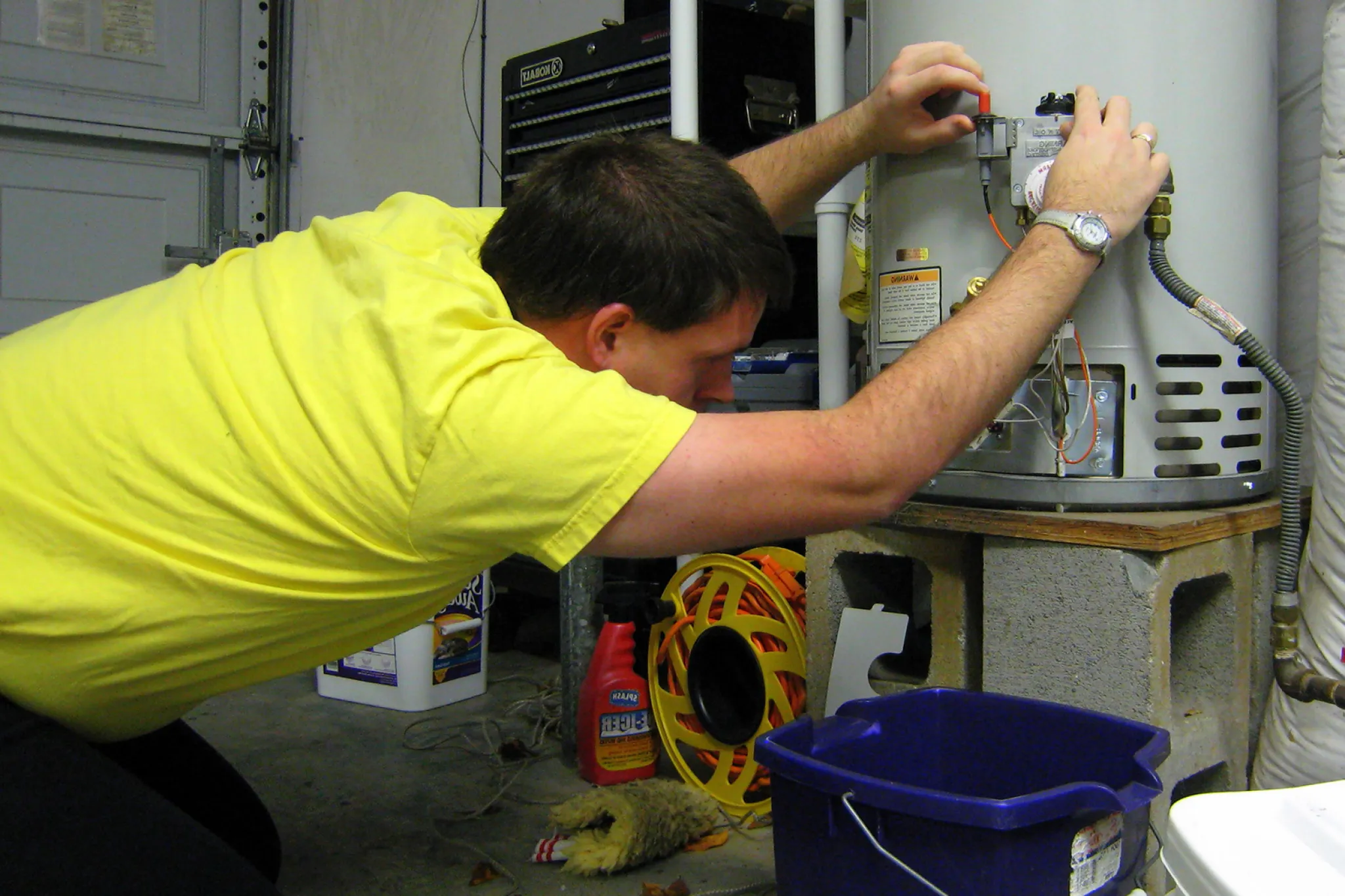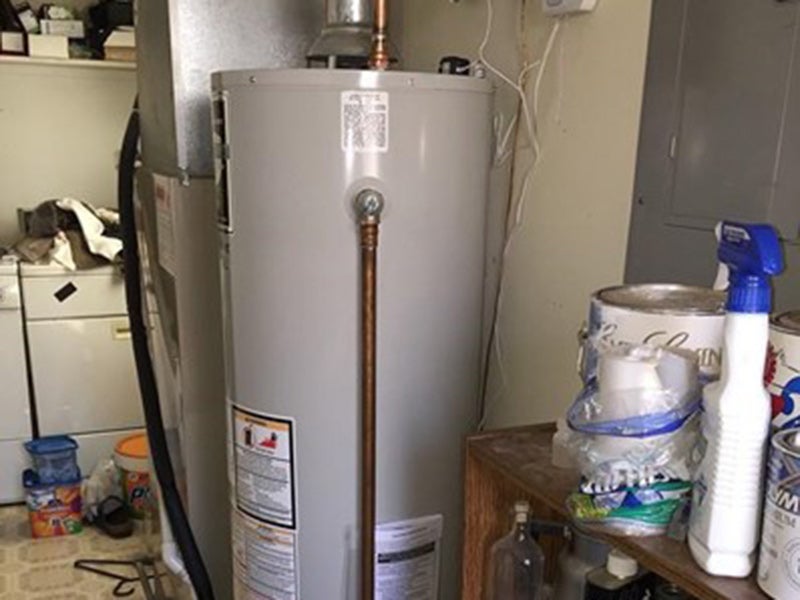The publisher is making a few great pointers regarding How to Maintain a Hot Water Heater in a Few Simple Steps as a whole in this post followed below.

Warm water is important for day-to-day comfort, whether it's for a revitalizing shower or cleaning dishes. To guarantee your hot water system runs successfully and lasts longer, normal maintenance is key. This short article gives functional tips and understandings on just how to maintain your home's warm water system to avoid disturbances and pricey repair work.
Intro
Maintaining your home's warm water system might appear daunting, however with a couple of easy actions, you can guarantee it operates efficiently for several years to come. This overview covers everything from comprehending your warm water system to do it yourself upkeep pointers and understanding when to hire specialist assistance.
Importance of Keeping Your Hot Water System
Normal maintenance not just prolongs the life-span of your warm water system however also ensures it runs successfully. Overlooking upkeep can result in reduced efficiency, greater power expenses, and also premature failing of the system.
Signs Your Warm Water System Needs Maintenance
Understanding when your warm water system needs focus can avoid major concerns. Look out for indications such as irregular water temperature, weird noises from the heating unit, or corroded water.
Comprehending Your Warm Water System
Prior to diving right into maintenance jobs, it's handy to comprehend the standard components of your warm water system. Usually, this consists of the water heater itself, pipes, anode poles, and temperature level controls.
Monthly Upkeep Tasks
Regular month-to-month checks can assist capture minor concerns prior to they escalate.
Purging the Hot Water Heater
Flushing your water heater gets rid of sediment accumulation, boosting performance and prolonging its life.
Checking and Changing Anode Rods
Anode rods avoid rust inside the container. Checking and changing them when worn out is important.
Examining and Adjusting Temperature Setups
Changing the temperature level setups makes certain optimal performance and security.
Do It Yourself Tips for Upkeep
You can execute numerous maintenance tasks on your own to maintain your warm water system in leading condition.
Checking for Leaks
Frequently inspect pipes and connections for leaks, as these can result in water damages and greater expenses.
Checking Stress Alleviation Valves
Examining the stress relief valve ensures it functions correctly and avoids excessive pressure buildup.
Shielding Pipelines
Shielding warm water pipelines lowers warmth loss and can conserve power.
When to Call a Specialist
While do it yourself upkeep is helpful, some issues require professional expertise.
Facility Issues Requiring Professional Help
Instances consist of significant leakages, electrical issues, or if your water heater is consistently underperforming.
Routine Specialist Upkeep Perks
Specialist upkeep can consist of complete assessments, tune-ups, and ensuring conformity with safety and security requirements.
Final thought
Regular upkeep of your home's warm water system is vital for effectiveness, longevity, and price financial savings. By following these pointers and recognizing when to seek professional aid, you can make sure a reputable supply of warm water without unforeseen disruptions.
Water Heater Maintenance: The Basics
Maintaining your water heater will ensure it operates efficiently and has a longer lifespan. Neglecting regular maintenance can lead to costly repairs and an even bigger chunk of your savings if you have to replace it sooner than necessary. But there’s good news: Most water heater maintenance tasks are relatively simple and easy for homeowners with basic DIY skills.
Flush the Water Heater
Over time, sediment and minerals can build up in the tank, reducing its efficiency and potentially causing damage. To flush the tank, turn off the power or gas supply, attach a hose to the drain valve near the bottom and open the valve to drain the water until it runs clear. Ideally, flush the tank annually.
Replace the Anode Rod
The anode rod is a sacrificial metal rod that helps prevent corrosion inside the tank. Inspect and replace it every three to five years or per the manufacturer's recommendation. To replace the anode rod, turn off the power or gas supply, drain a few gallons of water from the tank, unscrew the old rod and replace it with a new one. If the anode rod is significantly corroded or covered in calcium buildup, it's a sign the water heater may need to be replaced soon.
Tune-Up
A yearly tune-up can help identify potential issues and ensure your water heater operates at peak efficiency. This typically involves checking the thermostat, burner assembly (for gas heaters) and any other components specified by the manufacturer. During a tune-up, the technician may also clean the burner and adjust the pilot light (for gas heaters) or examine the heating elements (for electric heaters).
How to Maintain Your Water Heater
Insulate the tank. Insulating the tank can improve energy efficiency and reduce heat loss, saving you money on energy bills. You can purchase precut insulation blankets designed specifically for water heaters or use standard fiberglass insulation wrapped securely around the tank. Check the temperature. The recommended water temperature for most households is around 120 degrees Fahrenheit (49 degrees Celsius). Higher temperatures can increase energy costs and potentially cause scalding. Use a kitchen thermometer to check the temperature at the faucet nearest the water heater. Monitor water pressure. Excessive water pressure can strain the water heater and cause leaks or even tank failure. Install a pressure-reducing valve if necessary. The ideal water pressure range is between 60 and 70 PSI (pounds per square inch). Test the temperature and pressure (T&P) relief valve. The T&P relief valve is a safety feature that releases pressure if the tank gets too hot or the pressure builds up too high. Test it annually by lifting the lever and allowing a small amount of water to release. Replace the valve if it doesn't release water or reseal properly. Check for leaks. Regularly inspect the tank, pipes and fittings for leaks or corrosion. Deal with issues promptly to prevent further damage. Even a small leak can lead to significant water damage over time. Consider a tankless water heater. If your traditional tank-style water heater is nearing the end of its lifespan ( typically 10 years), consider replacing it with a tankless water heater. These units heat water on demand, reducing standby energy losses and potentially saving you money on your energy bills. Schedule professional maintenance. While homeowners can perform many water heater maintenance tasks, it's still a good idea to schedule professional maintenance every few years. A plumber or HVAC technician can thoroughly inspect the unit, identify potential issues and ensure it operates safely and efficiently. https://www.homeserve.com/en-us/blog/home-improvement/hot-water-heater-maintanence/

I discovered that post on Tips For Maintaining Your Hot Water Heater while perusing the search engines. Are you aware of anybody else who is occupied with How to Maintain a Hot Water Heater in a Few Simple Steps? Do not hesitate to promote it. Thanks a lot for your time. Don't hesitate to come visit our website back soon.
Click Here